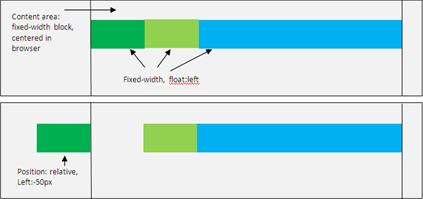Are
you facing problems in managing internal processes at your organization? It is
indeed a common problem faced by organizations of small as well as large
magnitude. The best solution to this is to install an ERP(Enterprise Resource Planning) system, it is a cost effective solution for integrating
functions across different departments of your organization.
Through
ERP, various divisions of a company can interconnect and work can be executed
through an automated work process. It enables the organization employees to enjoy
easy availability of data pertaining to business processes and to find important
information in the form of useful reports being generated from one platform.Managing
business processes becomes easier, simplified and dynamic when you get an application
developed by an ERP solutions provider.
ERP
is an integrated web application that enables
you to automate business processes and acts as a collaborative platform for the
employees at your company. An ERP helps you combine the synergy of various
departments such as Accounts, Marketing Team, Administration, Recruitment
Division etc.
For
e.g. with an ERP, you can create an order for each project you acquire. The
files related to that project will appear on the ERP and you can allocate
employees that are working on the same. The selected employees will be able to
access the files added for that particular project. Similarly, based on their
roles, the employees can update the status of the project on ERP which implies
that any person can login with their credentials and know what is the status of
a project they are associated with, without having to call or reach out to all
individuals associated with that project.
ERP
can be developed based on customer specification. With an ERP, you can manage:
· Purchase Processes
· Storage
· Production
· Quality Control
· Dispatch
· Sales Processes
· Finances
· Marketing Processes
· HR Management
·
System
Management
·
And several
other processes
If
you are looking for an ERP that can make your business operation run smoothly,
the best way is to get it developed by any of the leading ERP
solution providers. There are various companies that are into web application development and you can get an ERP developed based on
your business specific requirements.
